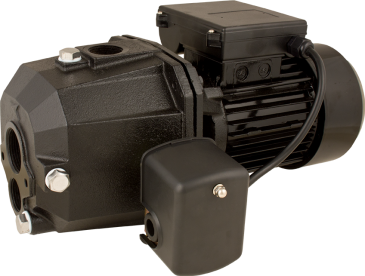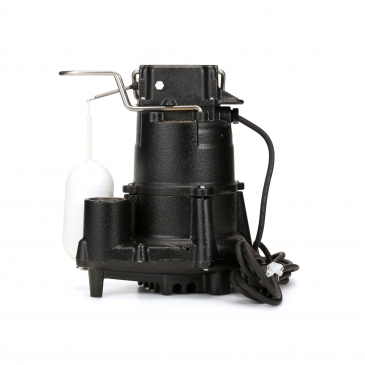Product Details
The SJ10 Convertible Jet Pump is a durable and efficient choice for your water pumping needs. With a 1 HP economy cast iron build, it’s built to last. Featuring a dual voltage 115/230 motor with an easy-change voltage switch, it offers versatility.
The TEFC motor ensures trouble-free, long-lasting performance. Installation is quick and easy, and the pump features reliable priming. Plus, it’s backed by a 1-year limited warranty for added peace of mind.




